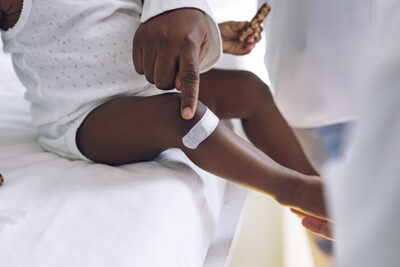By Jonathan Springston, Editor, Relias Media
Facilities that fully adopted national pediatric readiness standards reported lower in-hospital and one-year mortality rates for injured and medically ill children receiving emergency care in several states.
In a retrospective cohort study funded by the National Institutes of Health, researchers examined data from 983 emergency departments (ED) in 11 states that was collected from Jan. 1, 2012, through Dec. 31, 2017, with follow-up for a subset of children through December 31, 2018. The authors searched for children younger than age 18 years who were admitted, transferred to another hospital, or died in the ED, stratified by injury vs. medical conditions. The cohort included more than 796,000 children.
Investigators used an assessment (score = 0-100) to determine how closely the study facilities adhered to standards set in the National Pediatric Readiness Project. These standards include specifications for physician and nurse certification, patient assessment, triage, medication administration, and trauma resuscitation and stabilization. The authors divided the EDs into four groups, from quartile 1 (departments with poor readiness; score = 0-58) to quartile 4 (departments with excellent readiness; score = 88-100).
Compared to quartile 1 facilities, initial care in quartile 4 EDs was associated with a 60% lower in-hospital mortality rate among injured children and a 76% lower mortality rate among medical children. The authors reported that if all EDs were in quartile 4, an estimated 288 injury deaths and 1,154 medical deaths may have been prevented.
“These findings demonstrate the benefit of being adequately prepared to care for children with emergencies, regardless of hospital setting,” the authors wrote, adding this work could lead to improvements in other areas. These include enhanced accreditation standards and better reimbursement for care.
This work aligns with the results of previous investigations. Additionally, this study bolsters the notion that better pediatric readiness can shield facilities from future litigation.
Is your facility pediatric-ready? Click here to find out. For more on this and related subjects, be sure to read the latest issues of ED Management, Emergency Medicine Reports, Pediatric Emergency Medicine Reports, and Trauma Reports.

